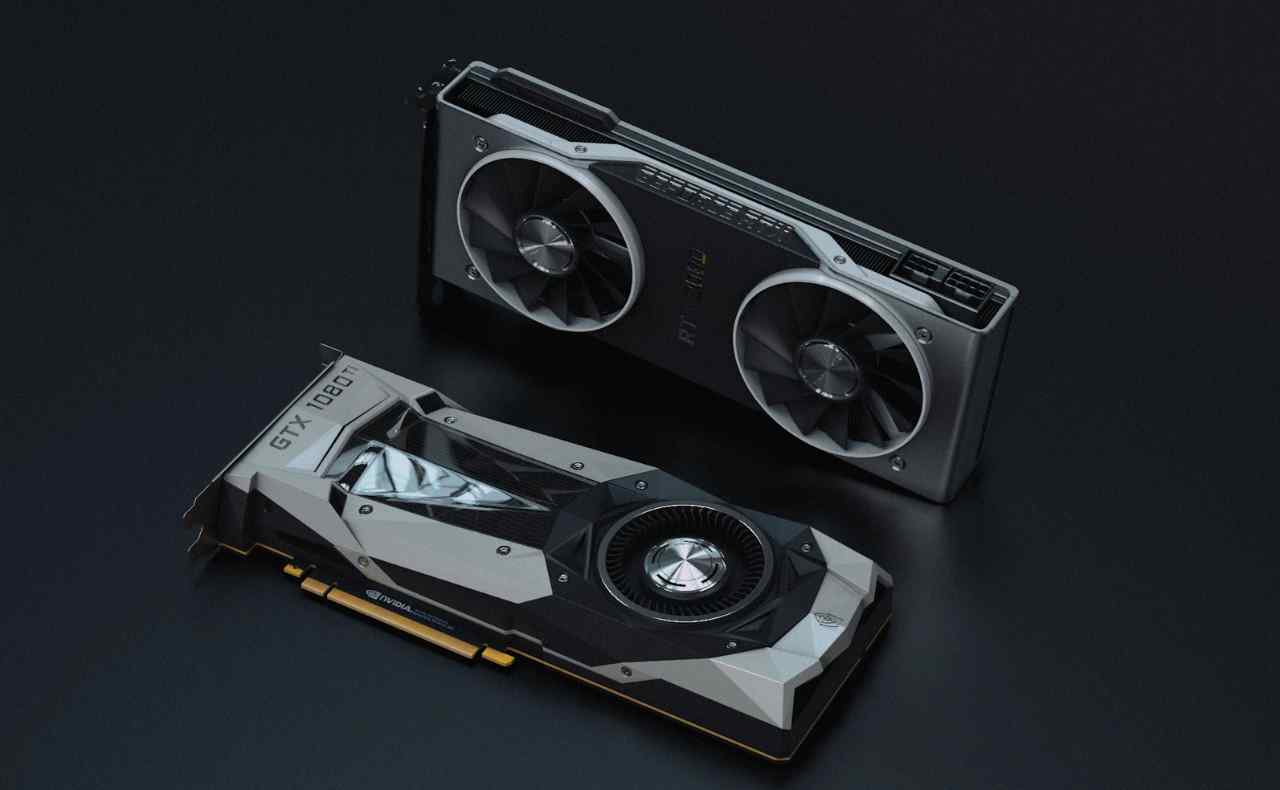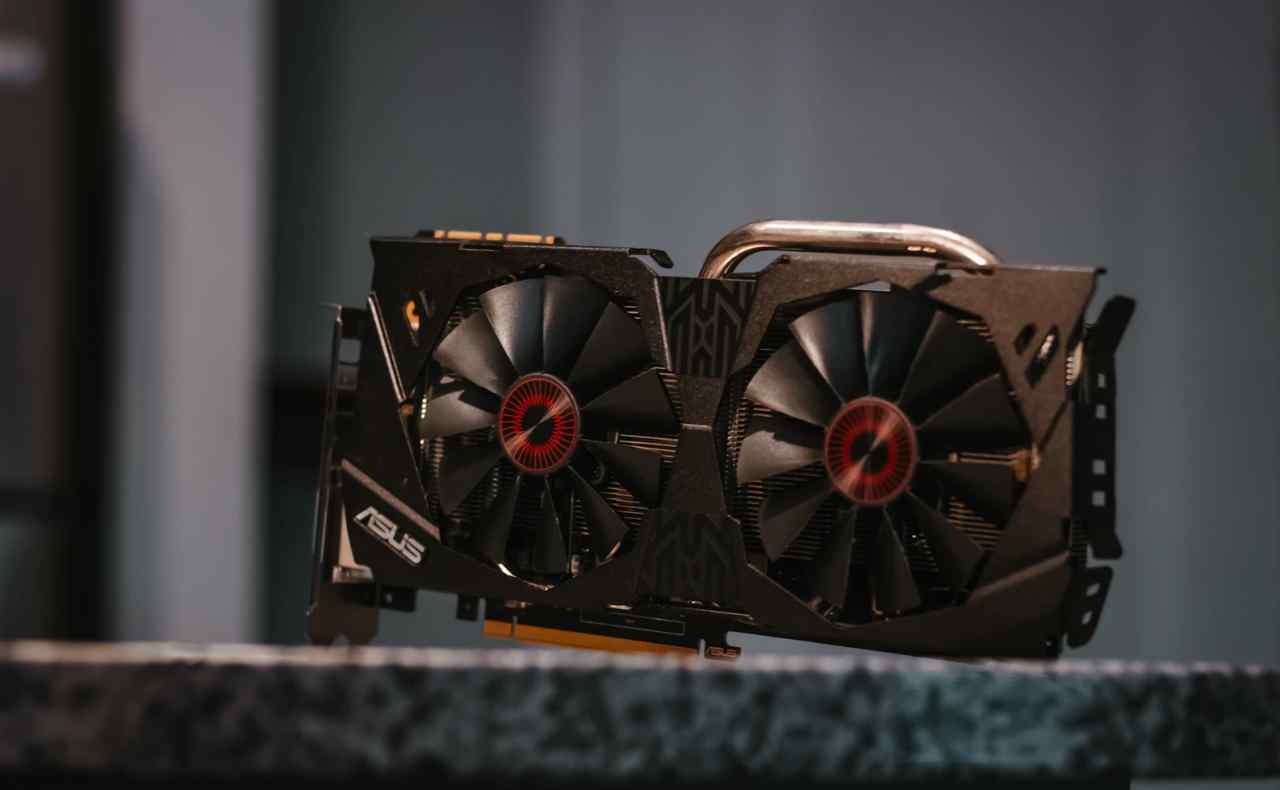Gaming is a thrilling dimension of the digital world that draws us in with its vivid visuals and intense action. However, our gateways to these virtual universes – our graphics cards – can sometimes present challenges that disrupt our gaming experiences.
This guide aims to help you troubleshoot and resolve common graphics card issues, ensuring a smooth, immersive gaming experience. Whether it’s screen flickering, low frame rates, or driver issues, we’ve got you covered. Let’s delve into the nitty-gritty of graphics cards and pave the way for an optimized gaming performance.
Table of Contents
Understanding Your Graphics Card
Before we dive into troubleshooting, it’s important to understand the basics of your graphics card. This piece of hardware, a video card or GPU (Graphics Processing Unit), is responsible for rendering images on your screen. It does this by converting data into a signal your monitor can understand. Powerful graphics cards are crucial for running high-definition games and 3D applications, as they can quickly process large amounts of data.
The two main manufacturers of these GPUs are NVIDIA and AMD, each with unique features and specifications. Most modern graphics cards also have a memory called VRAM (Video Random Access Memory), essential for handling complex textures and 3D structures in games.
Common Graphics Card Issues in Gaming
Now that we have a basic understanding of graphics cards let’s tackle the common issues that can disrupt your gaming experience.
Screen Flickering
Screen flickering is a common issue that can disrupt your gaming experience. Several factors, including out-of-date drivers, improper settings, or issues with the graphics card itself, can cause it. Some sports games may also have compatibility issues with certain drivers, which may cause flickering.
Low Frame Rates
Low frame rates can make your games stutter and lag, leading to a less-than-optimal gaming experience. It can be due to a lack of processing power from your graphics card CPU, a limited VRAM, or a high game resolution that your hardware cannot handle.
Driver Issues
Driver issues can lead to many problems, from games not running properly to complete system crashes. These can be due to incompatible or outdated drivers, incorrect settings, or software conflicts. Regularly updating your graphics card drivers can help alleviate these issues, as manufacturers frequently release updates to fix bugs and improve performance.
Basic Troubleshooting Steps for Graphics Card Issues

Check for Hardware Issues
Firstly, ensure your graphics card is plugged properly into its slot and connected to the power supply. A loose connection can cause issues, including no video output and strange screen behavior.
Update Your Graphics Card Drivers
One of the most common causes of issues with graphics cards is outdated or corrupt drivers. Go to the manufacturer’s website (AMD or NVIDIA), locate your specific graphics card, and download the latest drivers. Remember to uninstall the old drivers before installing the new ones to avoid conflicts.
Adjust In-Game Settings
Sometimes, the problem lies within the game settings themselves. They might be too high for your graphics card to handle. In this case, reducing the game’s resolution, lowering the graphic details, or disabling certain features like anti-aliasing could help.
Monitor Your GPU Temperature
Overheating can cause serious issues ranging from random crashes to permanent damage to your hardware. Use a tool like HWMonitor or SpeedFan to monitor your GPU temperature. If it gets too high (above 85 degrees Celsius, generally), consider cleaning your PC, improving your ventilation, or even getting a better cooling system.
Contact the Manufacturer
If none of the above steps work, it could be a hardware issue that requires professional attention. Contact your graphics card manufacturer for further assistance. They may be able to offer more detailed advice, or in the worst case, you may need to replace the card.
Advanced Troubleshooting Steps for Persistent Problems
Benchmarking is a critical advanced troubleshooting step if your graphics card continues to cause issues. This process tests the performance of your hardware and gives you a measure to compare with other systems or reference points. A popular tool for benchmarking is 3DMark, which offers a suite of tests you can run based on your system’s capabilities.
To start, download and install the 3DMark software from their official website. Launch the program and select a benchmark test suitable for your system. The software will then stress-test your graphics card and provide a score. You can compare this score with those from similar setups to determine whether your GPU is performing as it should.
If your score is significantly lower than expected, it might suggest an underlying issue with your graphics card. In such cases, the problem might be more serious and require professional help or a replacement card.
Remember, while this guide mainly targets gaming issues, it can also help troubleshoot problems in other graphics-intensive tasks. Whether you’re exploring breathtaking landscapes in your favorite RPG, crunching numbers on a complex spreadsheet, or even calculating your DFS NFL odds, a fully functional and efficient graphics card is key to a smooth and enjoyable experience.
Conclusion
In conclusion, understanding your graphics card and troubleshooting common issues can greatly enhance your gaming experience.
Each step is crucial in optimizing your system’s performance, from checking your hardware connections, updating drivers, and adjusting in-game settings to monitoring GPU temperature.
However, when faced with persistent problems, seeking professional help or considering a replacement card may be necessary. Whether you’re a casual gamer or a professional, remember that maintaining your GPU is vital for gaming and overall system performance and stability.









